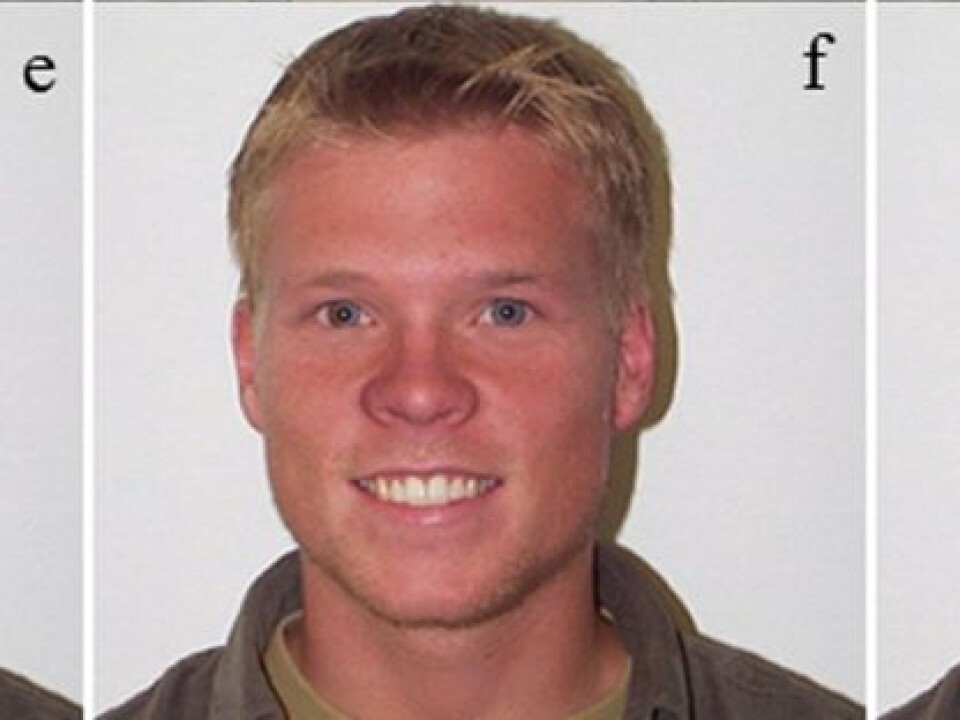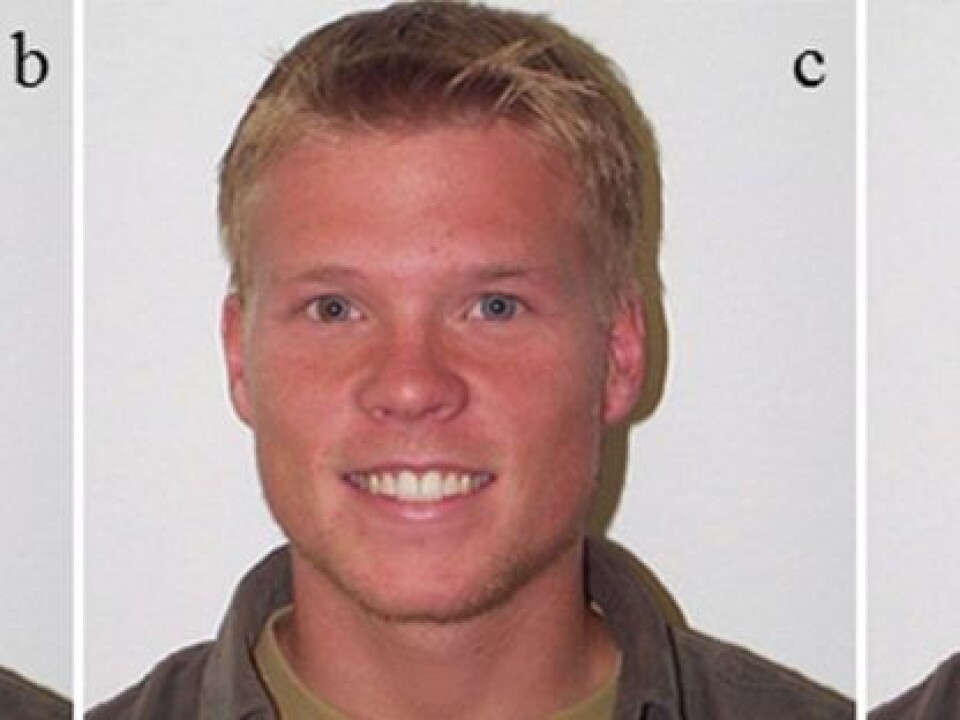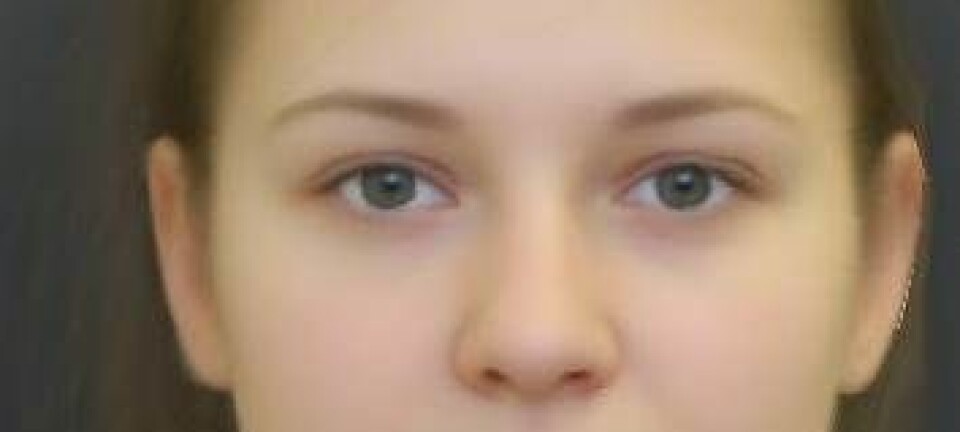
How important is the nose?
New experiments show how important the human nose is to our appearance.
Denne artikkelen er over ti år gammel og kan inneholde utdatert informasjon.
Our noses are large and fragile compared to those of the apes. The nose is one of the body parts that is most susceptible to injury: A face fracture most commonly involves the nose.
There is a theory that our hands are adapted to violence, and it seems that fist fights are a phenomenon peculiar to humans. In these kinds of fights, the nose can be an easy target.
So why has it evolved like this?
Åse Kristine Rognmo Mikalsen, Ivar Folstad, Bruno Laeng and Nigel G. Yoccoz wanted to examine whether our prominent nose has a signalling effect, and whether the position of the nose tip affects perceived attractiveness.
Ivar Folstad is an evolutionary biologist at the Arctic University of Norway, Tromsø. He explains that the nose may have signalling power similar to that of the ornamental feathers of a great tit.
“A great tit has white feathers on the side of the head that break easily. When males fight, they go after these feathers, and any damage is very visible,” he explains. “Males become less attractive with broken feathers.”
To investigate the nose hypothesis, the researchers started an experiment.
Skewed nose tips

Male and female subjects were asked to evaluate the attractiveness of a face as seen in a photograph.
Some of the photographs were manipulated, making the nose more or less symmetrically placed. Researchers know that more symmetrical faces are perceived as more attractive.
In this experiment, a control group of pictures was also manipulated. Here, the mouth was moved, to see if it would result in a similar effect.
The researchers found that the picture where the tip of the nose was completely centred was the most attractive to subjects. They did not find the same effect when it came to the mouth.
The unmanipulated image came in second.
“We were surprised when we saw how powerful these effects were,” Folstad told.
The nose has been ignored

It took nine years and fifteen submissions to journals before the study was accepted for publication. Folstad says the research is something they’ve done in between other work. But he does believe that the nose has been somewhat ignored in research on the face.
“If I had been working on what makes faces attractive for many years, without considering the nose, I would have been a little embarrassed.”
Since the nose is right in the centre of the face, it affects facial symmetry quite a bit.
In another study, Folstad examined how people perceived symmetry of face-like figures. People reacted to asymmetry in the nasal region.
“If the vertical symmetry is disturbed because of a crooked nose, the face will become less attractive,” he explains.
The prominent and fragile human nose may thus be the result of sexual selection.
This conclusion represents a departure from prevailing theories on the development of the nose.
“The physiological explanation is that the nose is optimized for a dry climate, by increasing the humidity of air that we pull in and filtering it at the same time. I do not think there are any other good explanations,” Folstad says.
——————
Read the Norwegian version of this article at forskning.no
Translated by: Lars Nygaard































